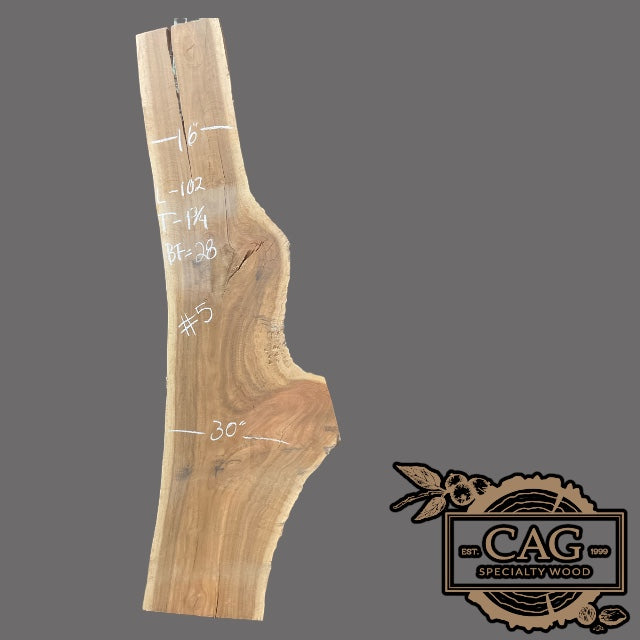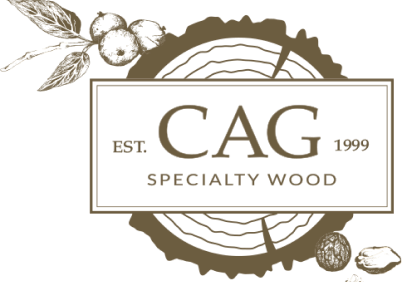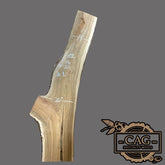




Eucalyptus (Tasmanian Blue Gum) Slabs
Eucalyptus (Tasmanian Blue Gum) Slabs
Eucalyptus Slab 1 - 102"x18"x1.75"
4050 Old Cornelia Hwy
Gainesville GA 30507
United States
Wood Calculator Section
Need Help Figuring out how much you need ?
One Board foot = 144 Cubic Inches
Example: If you need a piece of wood 12 inches wide, 1 inch thick and 24 inches long, that is equal to 2 board feet.
12 inches x 1 inch x 24 inches = 288 inches. 288/ 144 = 2 board feet


